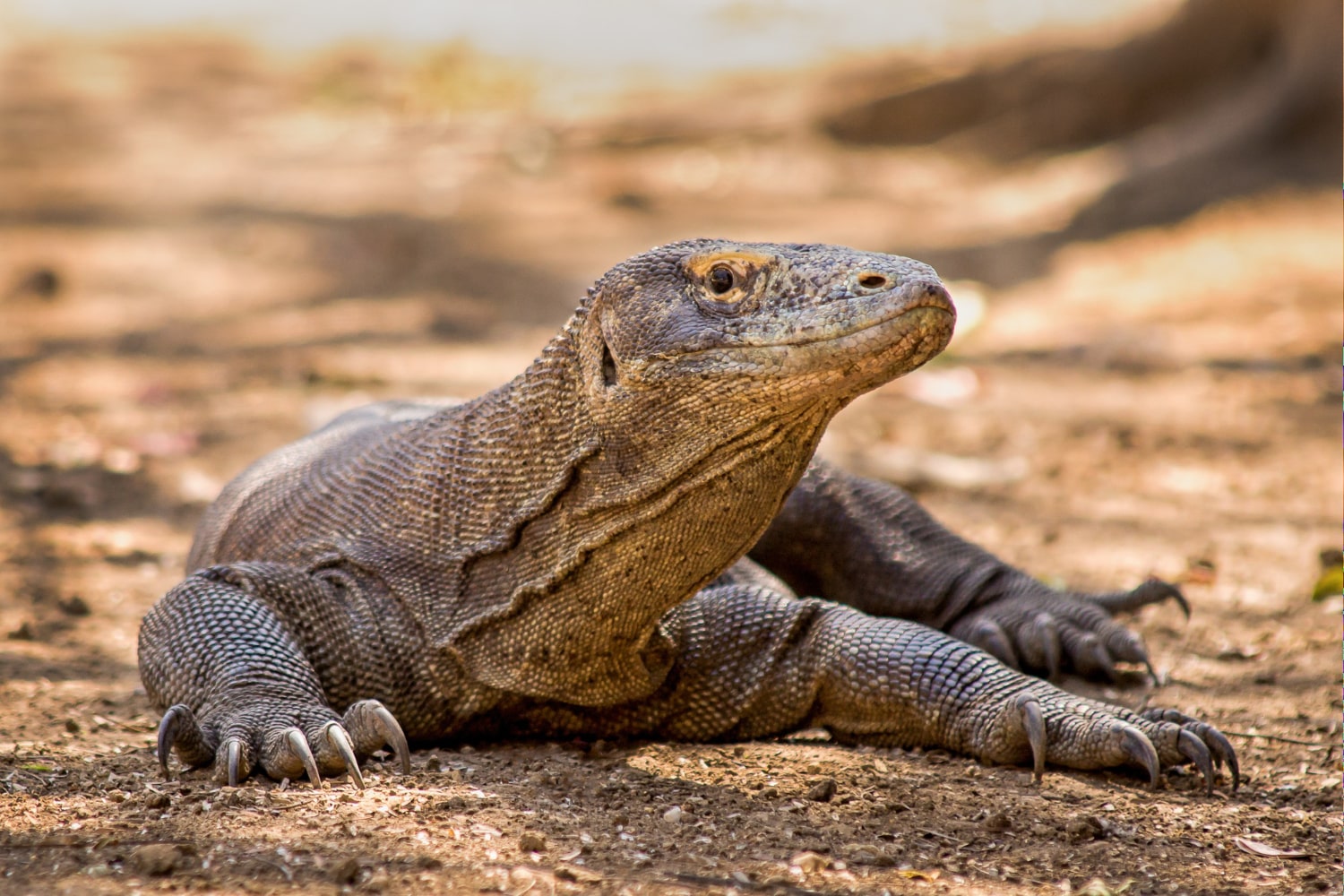The world of reptiles is full of fascinating creatures, and varans hold a special place among them. These reptiles amaze with their size, behavior, and remarkable ability to adapt to diverse environments. Their lives are filled with captivating and surprising facts you might not know. In nature, they range from relatively small to enormous species. Let’s explore some amazing and informative facts about these unique animals.
- Varans belong to the Varanidae family and include more than 80 species found across Africa, Asia, and Australia. The most famous among them is the Komodo dragon, which is the largest living lizard on Earth. All varans have elongated bodies, strong limbs, and long tails that serve as tools for balance and defense.
- The Komodo dragon can grow over 3 meters in length and weigh up to 70–90 kilograms. Despite its size, it can sprint at speeds of up to 20 km/h over short distances. This makes it a dangerous predator for both animals and humans.
- All varans have long, forked tongues similar to snakes, which they use to navigate their environment. They detect scents using the Jacobson’s organ by flicking their tongues and passing airborne particles into a sensory cavity. This method allows them to be extremely efficient hunters.
- Varans are omnivorous, although some species primarily prefer a meat-based diet. They consume small mammals, birds, eggs, other reptiles, and occasionally carrion. In captivity, they adapt to artificial foods, but in the wild they exhibit impressive hunting agility.
- The saliva of many varans contains bacteria or toxins that aid them in subduing prey. The Komodo dragon was once believed to kill through infection, but recent studies confirmed it possesses venom glands. These glands produce compounds that lower blood pressure and induce shock in victims.
- Varans are excellent climbers, especially in their juvenile stages. Some species live primarily in trees to avoid predators and hunt smaller prey. They are also strong swimmers and often cross bodies of water in search of food or new habitats.
- Most varans are solitary, although they may gather around large food sources. They are territorial and may fight rival males for access to mates or land. During combat, they use their tails as whips and can bite or shove opponents.
- Female varans lay eggs, typically between 10 and 30 depending on the species. Komodo dragons are capable of parthenogenesis, meaning females can produce offspring without mating. This rare ability helps maintain populations on remote islands.
- In many Southeast Asian cultures, varans appear in folklore and local beliefs. They are believed to possess magical powers, and their meat or organs are used in traditional medicine. However, in many countries they are protected due to habitat loss and declining populations.
- Varans have an extraordinarily strong sense of smell, allowing them to detect carrion from distances of up to 5–9 kilometers. This gives them a competitive edge over other scavengers. Some large species can locate turtle or bird nests using only scent.
- Their powerful limbs and sharp claws enable varans to dig, climb, or defend themselves. They can destroy other animals’ burrows to access eggs or prey. These physical traits also help them scale trees and rocky surfaces.
- In the wild, varans can live up to 20 years, and in captivity they may reach 25–30 years. This longevity is supported by regular feeding and protection from predators. Their resilience and adaptability allow them to survive even in changing climates.
- Certain species, such as the banded varan or Gray’s varan, are adapted to arid and desert environments. They are mostly active in the early morning or late evening to avoid excessive heat. Their skin helps retain moisture, while their behavior minimizes energy loss.
- Varans have excellent vision and hearing, allowing them to respond quickly to environmental changes. They can detect motion from a great distance and recognize objects even in low light. This gives them an advantage as predators in complex habitats.
- Young varans often climb trees immediately after hatching to avoid being eaten by adults. In some species, up to 50 percent of the offspring may fall victim to predators, including their own kind. Such harsh natural selection ensures that only the strongest survive.
These interesting facts about varans reveal their unique biology and behavior in surprising ways. They combine exceptional hunting skills, physical strength, and survival instincts. Their role in ecosystems and interaction with the environment make them a subject of fascination for scientists worldwide. You may now view these mysterious reptiles with new admiration and curiosity.





